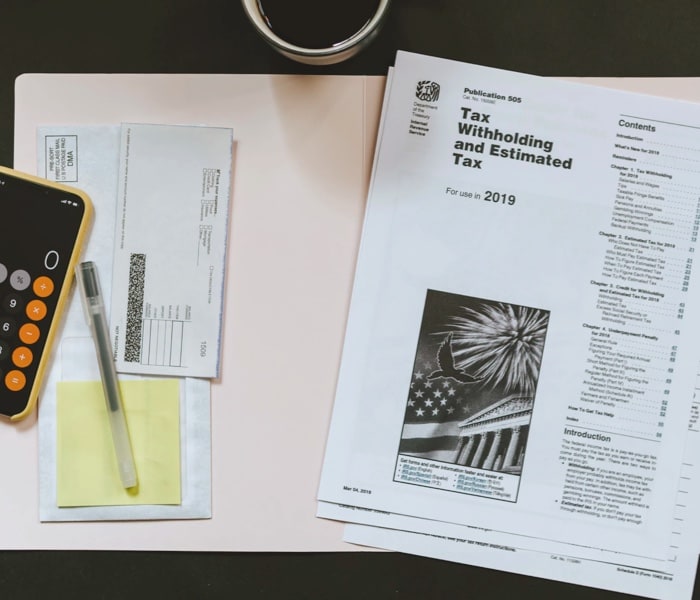Follow Us:
Pillar 1: Building Trust and Legitimacy
Building trust and nurturing legitimacy on both sides of the police/citizen divide is the foundational principle underlying the nature of relations between law enforcement agencies and the communities they serve. Decades of research and practice support the premise that people are more likely to obey the law when they believe that those who are enforcing it have authority that is perceived as legitimate by those subject to the authority. The public confers legitimacy only on those whom they believe are acting in procedurally just ways. In addition, law enforcement cannot build community trust if it is seen as an occupying force coming in from outside to impose control on the community. Pillar one seeks to provide focused recommendations on building this relationship.
The Task Force Report strongly suggested that the law enforcement culture should embrace a guardian—rather than a warrior—mindset to build trust and legitimacy both within agencies and with the public. Toward that end, all law enforcement agencies should adopt procedural justice as the guiding principle for internal and external policies and practices to guide their interactions with rank and file officers and with the citizens they serve. The report also suggested that law enforcement agencies should establish a culture of transparency and accountability to build public trust and legitimacy. This is critical to ensuring decision making is understood and in accord with stated policy.
Police departments should also proactively promote public trust by initiating positive non-enforcement activities to engage communities that typically have high rates of investigative and enforcement involvement with government agencies. We were tasked with tracking and analyzing the level of trust our community has with our agency as we continue to measure changes in crime. This can be accomplished through consistent annual community surveys. Finally, the report suggests that police departments should strive to create a workforce that encompasses a broad range of diversity including race, gender, language, life experience, and cultural background to improve understanding and effectiveness in dealing with all communities
ETPD Action on Pillar One
- Publication of ETPD Data
- Policy Committee
- Community Policing
- Open Public Records Act (Opra)
- Citizen Feedback
- Recruitment Selection
To accomplish this high level of transparency and accountability, the ETPD makes every attempt to publish the most current information on our website on about motor vehicle stops, summonses, arrests, reported crime, and other law enforcement data aggregated by demographics. This information is contained in our Annual Report along with our DDACTS statistical reports. ETPD’s commitment to our social media pages and website, along with our partnerships with our citizens through our community policing endeavors and police chaplain events provide avenues to immediately discuss serious incidents when they occur, including those potentially involving alleged police misconduct along with other significant issues affecting the community.
able to respond anonymously to ensure response honesty. The responses are compiled and reviewed with agency Command Staff and survey results are then published on the agency’s social media. Citizens see that their feedback is being sought and valued, and that their opinions are shared openly with the rest of the community.
The agency advertises our sworn and civilian positions in traditional avenues. To reach under-represented genders and race demographics, the ETPD notifies minority-focused organizations, local civic groups and associations, New Jersey Municipal Police Academies, and various law enforcement support groups, executive organizations, and on-line resource sites. In 2019 and prior hiring years, we sought hiring assistance from the National Organization of Black Law Enforcement (NAACP), the National Organization of Black Law Enforcement Executives (NOBLE), the Hispanic American Law Enforcement Association, and New Jersey Women in Law Enforcement. Applicants are screened in a background investigation and interview process that is subject to state and national law enforcement oversight by the New Jersey State Chiefs of Police and CALEA. Finally, recruitment and hiring statistics, including our minority and gender recruitment and hiring activities, are then reported annually to these two oversight bodies, as well as described in the ETPD annual reports published on our website.

